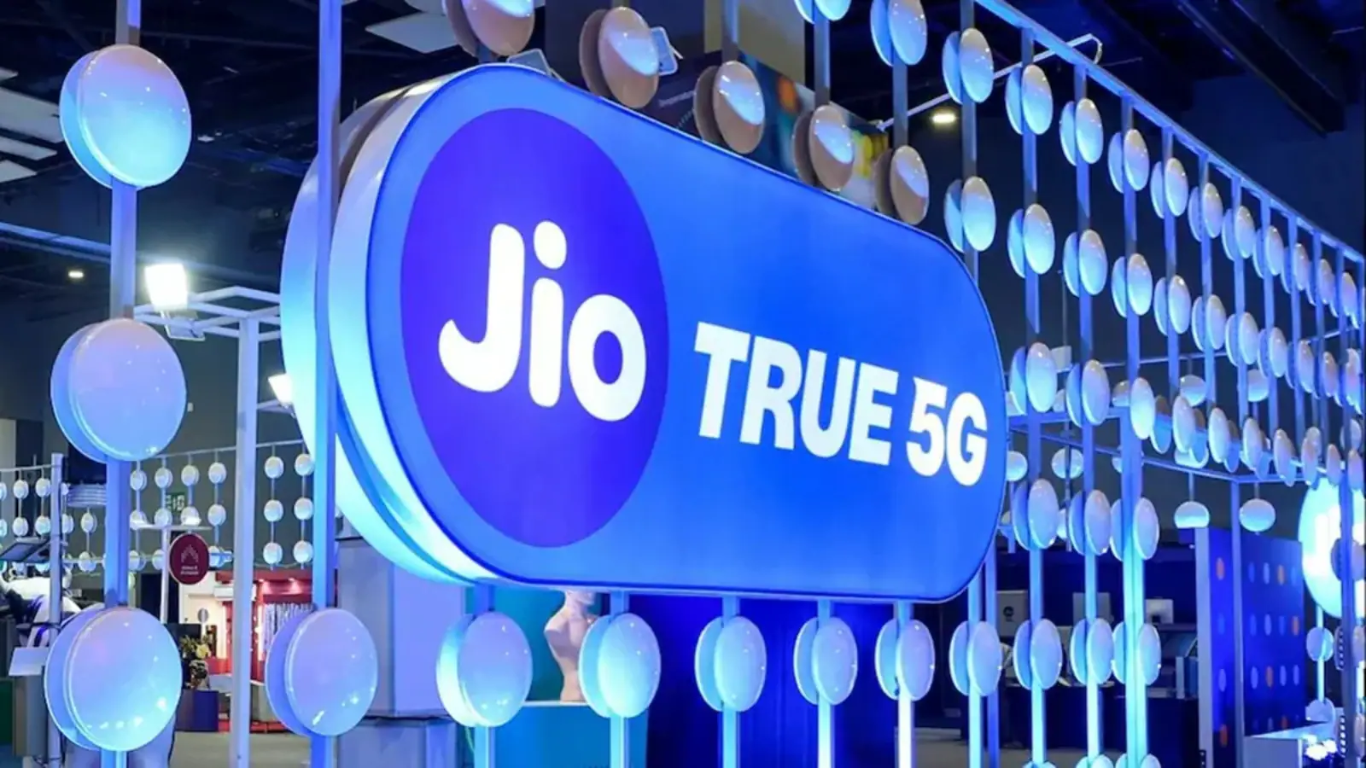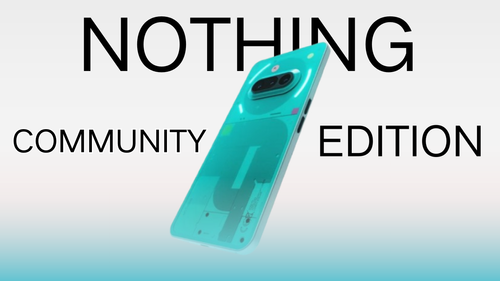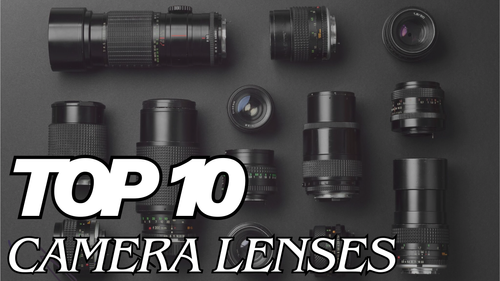Ad

IOT Connection to reach 195 million
Follow Us:
3,951 views
According to the paper, the number of devices that can be supplied and managed through a single user interface has been constrained by established eSIM provisioning solutions, such SMSR (Subscription Management Secure Routing), which has hampered the expansion of eSIMs in the IoT industry.
Nonetheless, Juniper Research forecasts that eIM solutions will lower deployment costs by enabling the deployment of numerous connections at once, enhancing the value proposition of eSIM use cases requiring mass deployments.

About 2% of all eSIMs in use, according to the report, will be used for IoT in 2023. However, it forecasts that over the next three years, the growth of eSIM IoT connections will outstrip that of the consumer sector, which includes smartphones, due to the rising adoption of eIM solutions. According to the analysis, the IoT sector will be responsible for 6% of all eSIMs globally by 2026. Over the next three years, the research company projects that the number of eSIM-enabled IoT devices in use will increase 780% globally. It highlighted oil and gas extraction and logistics as the two major industries that will gain from eIM.
Due to their emphasis on LPWA (Low-power, Wide-area) business models that demand the utilisation of mass deployment techniques, it is predicted that by 2026, these two markets would account for 75% of eSIMs in use globally.
Latest News





Reviews & Guides
View All

Nothing Phone 3a Community Edition First Impressions: A Fresh Take on Budget Smartphones

Realme P4x 5G Review: Budget-Friendly Beast with Epic Battery Life

Sony BRAVIA 7 Mini LED K-65XR70 vs. Haier Mini LED H65M95EUX

Samsung QN90F (65QN90FAU) Review: The King of Bright-Room Viewing

Why doesn’t Apple reveal the iPhone battery in advertisements?

Top 10 camera lenses you should Own in 2025

Donald Trump Watch Collection: Timeless Luxury on the Wrist

Best Smartphones Under 30,000 in 2025







